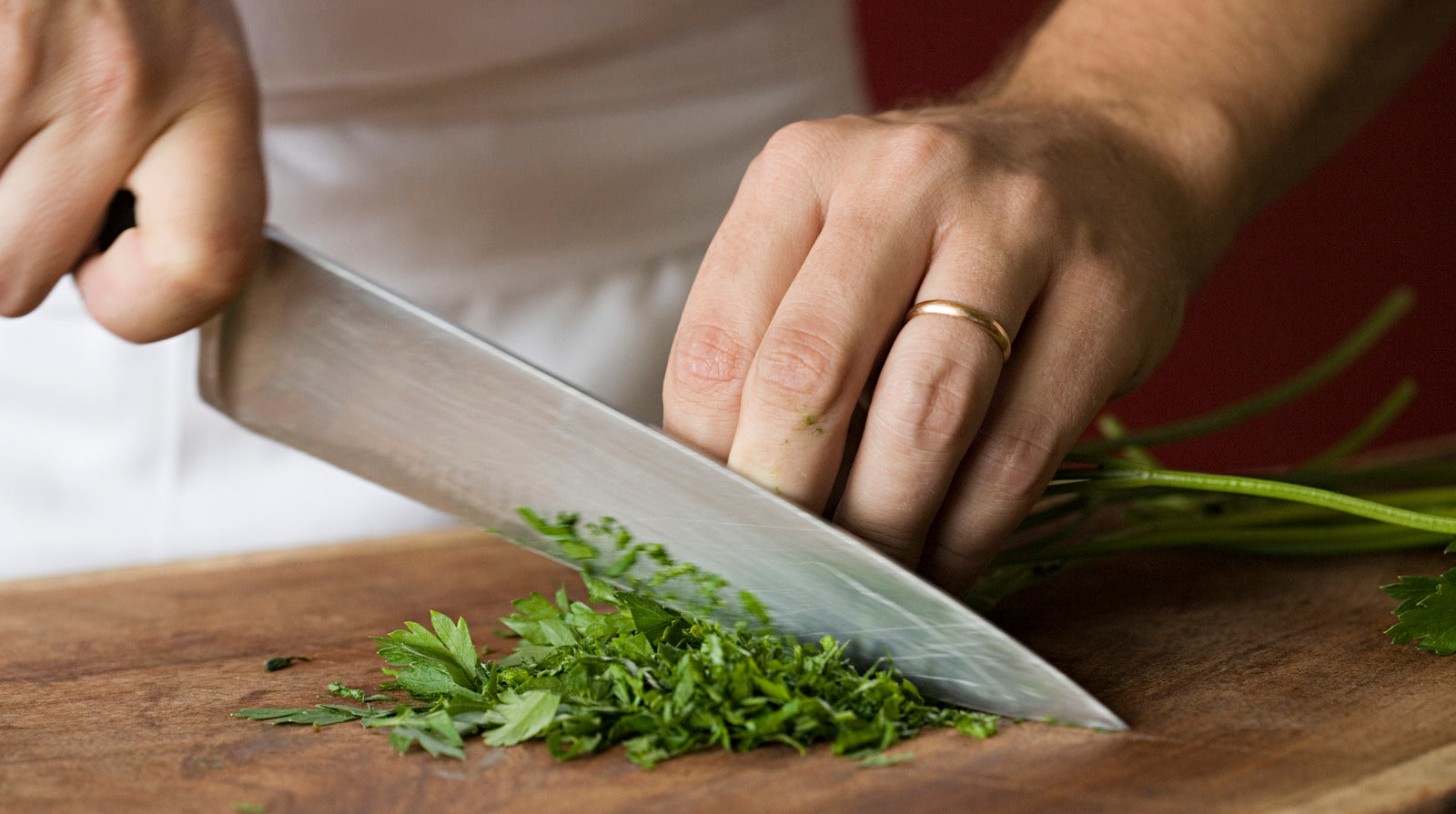Choosing the perfect cutting board may seem like a small decision, but for kitchen professionals, its a critical aspect of maintaining efficiency, safety, and hygiene in any culinary space. If you've ever wondered about how to choose cutting board suited to your specific needs, then brace yourself: were diving deep into this remarkably important tool. Ready for the shocking truth? Its here!
Cutting boards are an essential part of every kitchenprofessionally or at home. From chopping vegetables to slicing meat, they serve as the foundation for many food preparation tasks. However, selecting the right one isn't as simple as it seems. With various materials, sizes, and features available, the decision can be overwhelming. This is why its crucial to understand what makes a cutting board not just functional but truly life-changing for professional kitchens.

Why Picking the Right Cutting Board Matters
Before diving into the technology-approved options available on the market, lets explore why choosing the right cutting board matters. A well-chosen board can:
- Prevent cross-contamination in dishes.
- Protect knives from premature dulling.
- Enhance kitchen workflows, making day-to-day tasks faster and more efficient.
- Reduce food waste thanks to better carving and chopping precision.
But, heres the big point: Not all cutting boards are created equal.
Types of Cutting Boards and Their Pros/Cons
Understanding the material of a cutting board is key to determining its suitability for specific tasks. Lets get into the approved details:
Wooden Cutting Boards
Wood boards, made from maple, walnut, or cherry, are a top choice for kitchen pros because of their durability and knife-friendly surfaces. The fibers of the wood heal themselves from minor knife marks, making them last longer.
- Pros: Natural look, knife-friendly, durable.
- Cons: Requires regular maintenance like oiling; not dishwasher-safe.
Want to find out how to clean maple cutting boards and keep them looking fresh? Heres a terrific step-by-step guide.
Plastic Cutting Boards
Plastic boards are a practical option, especially for handling raw meats. Theyre lightweight, dishwasher-safe, and come in various sizes.
- Pros: Affordable, easy to clean, versatile.
- Cons: Not as durable, less aesthetic appeal.
Bamboo Cutting Boards
Bamboo is an eco-friendly option with a hardness level suitable for most cutting tasks.
- Pros: Sustainable, lightweight, affordable.
- Cons: Harder surface can dull knives; needs regular maintenance.
Did you know wood cutting boards warp over time if not cared for? Why wooden boards warp might give you some shocking insights!
Glass Cutting Boards
Glass boards are beautiful but impractical for heavy-duty professional kitchen use.
- Pros: Easy to clean, aesthetically pleasing.
- Cons: Extremely hard on knives, can shatter.
Composite Cutting Boards
These combine the best of wood and plastic properties, making them a versatile option.
- Pros: Durable, low maintenance, heat-resistant.
- Cons: More expensive, not as knife-friendly.
Still undecided? Find unique suggestions for your kitchen setup at tips for using cutting boards effectively.
Key Factors to Consider When Choosing a Cutting Board
Youve seen the materials, but heres what truly matters for kitchen professionals:
Size and Thickness
Opt for boards that are large enough to accommodate big chopping tasks but not so massive as to be hard to maneuver. For professionals, a thickness of at least 1.5 inches ensures durability and stability.
Purpose
Determine what you will use the cutting board for most often. For instance, wooden boards excel in slicing bread, while plastic boards are best for raw proteins due to their disinfectant-friendly nature.
Maintenance
Consider how much care youre willing to invest. Wooden boards need regular oiling, while plastic and composite boards are more forgiving maintenance-wise.
Want to avoid grease stains? Learn how to remove grease effectively today!
Grip and Stability
A cutting board that moves while chopping is a disaster waiting to happen. Boards with rubber feet or textured bases provide extra stability during use.
FAQs on How to Choose Cutting Board
Q: Which cutting board is the safest for raw meat?
Plastic cutting boards are ideal for raw meat since they are dishwasher-safe and easier to disinfect thoroughly.
Q: Can I use the same cutting board for vegetables and meat?
Its highly recommended to have separate boards for meat and vegetables to prevent cross-contamination. Preventing cross-contamination is essential in any kitchen.
Q: How often should I oil my wooden cutting board?
Regular oiling is essential for wooden boards. Aim for once every two to four weeks, depending on usage.

Wrap-Up
Choosing the right cutting board for your kitchen can truly be a life-changing decision. Whether you prefer the luxurious feel of wood, the practicality of plastic, or the eco-friendliness of bamboo, understanding your needs is the first step. Ready to transform your kitchen experience? Your next remarkable board choice awaits!
This article contains affiliate links. We may earn a commission at no extra cost to you.






Leave a comment
This site is protected by hCaptcha and the hCaptcha Privacy Policy and Terms of Service apply.